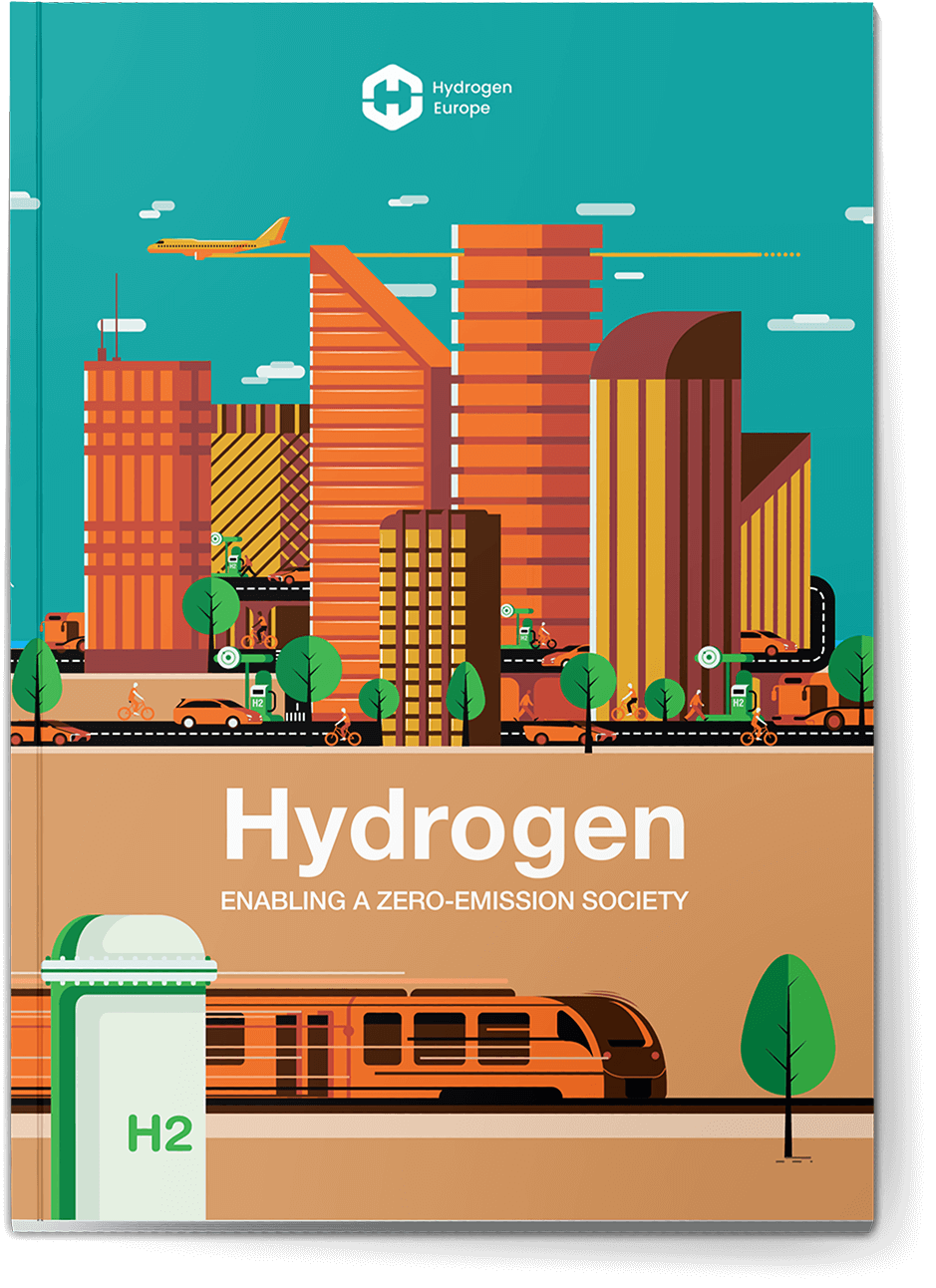Heroes of Hydrogen
Solar panels outside Nouakchott, Mauritania that could be used to produce green hydrogen for export.
The fuel of the future is here, and energy pioneers are hard at work bringing in the dawn of a new era. Hydrogen is the world’s most abundant element and has the potential to power economies, leaving only water as waste. Daring entrepreneurs in Europe are racing to make clean hydrogen affordable.
But is the universe’s oldest element really sparking a revolution? In the “Heroes of Hydrogen” photobook, Hydrogen Europe engages awardwinning photographer and writer Justin Jin to see for himself. From the crisp cold of the Arctic to the dry expanses of the Sahara, this exploration shows how hydrogen is already underway to decarbonize our most pollutive industries. From the frigid waters of the North Sea to the bejewelled Adriatic Coast, these spectacular images portray the people risking everything on the hydrogen bet.
Their rewards are for all humanity to enjoy should they ultimately heroically succeed.
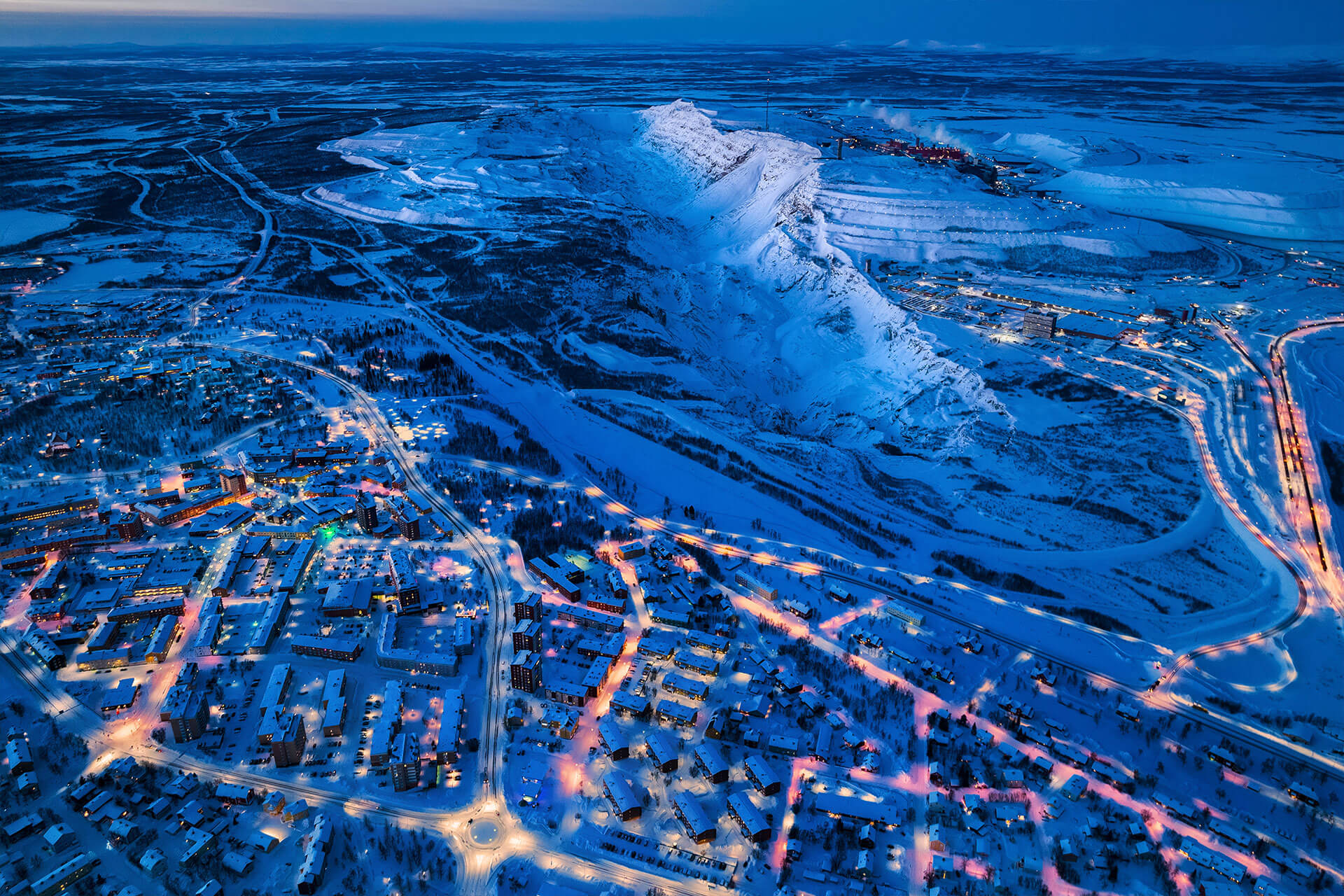
Overview of LKAB’s iron ore mine in Kiruna city in Sweden’s Arctic territory
Sweden
A Green Steel Revolution
The first stop of our journey discovering the growing hydrogen economy is in Sweden to visit the HYBRIT plant. This project yearns to revolutionize Swedish iron and steel production by delivering the first fossil-free steel. The technology employed has the capacity to reduce Swedish total carbon dioxide emissions by at least 10%.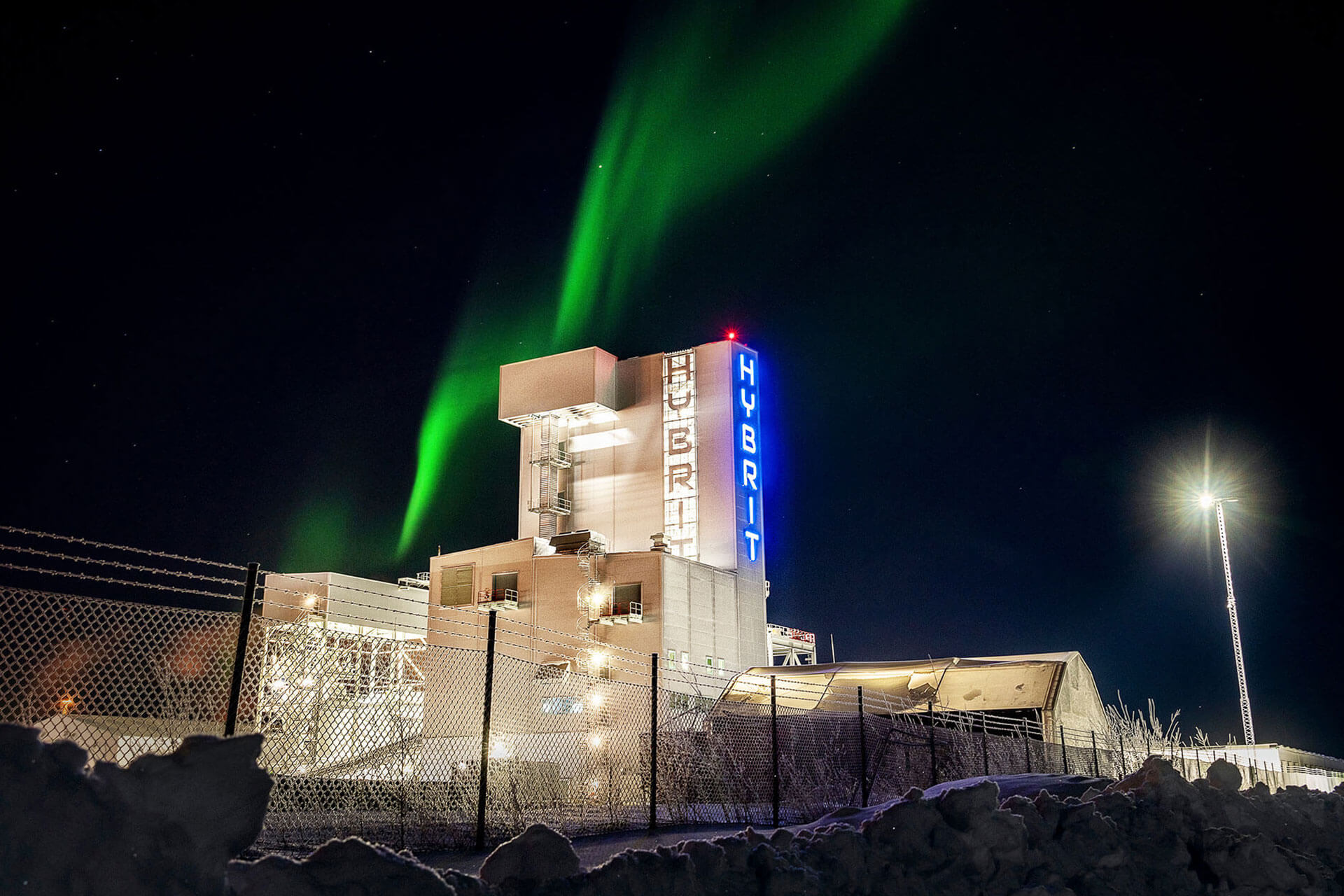
HYBRIT’s pilot facility for fossil-free hydrogen gas storage at Svartöberget in Luleå, Sweden.

The electrolyser powering the HYBRIT Fossil-Free Green Steel Pilot Plant – the site that produced the world’s first batch of fossil-free sponge iron.
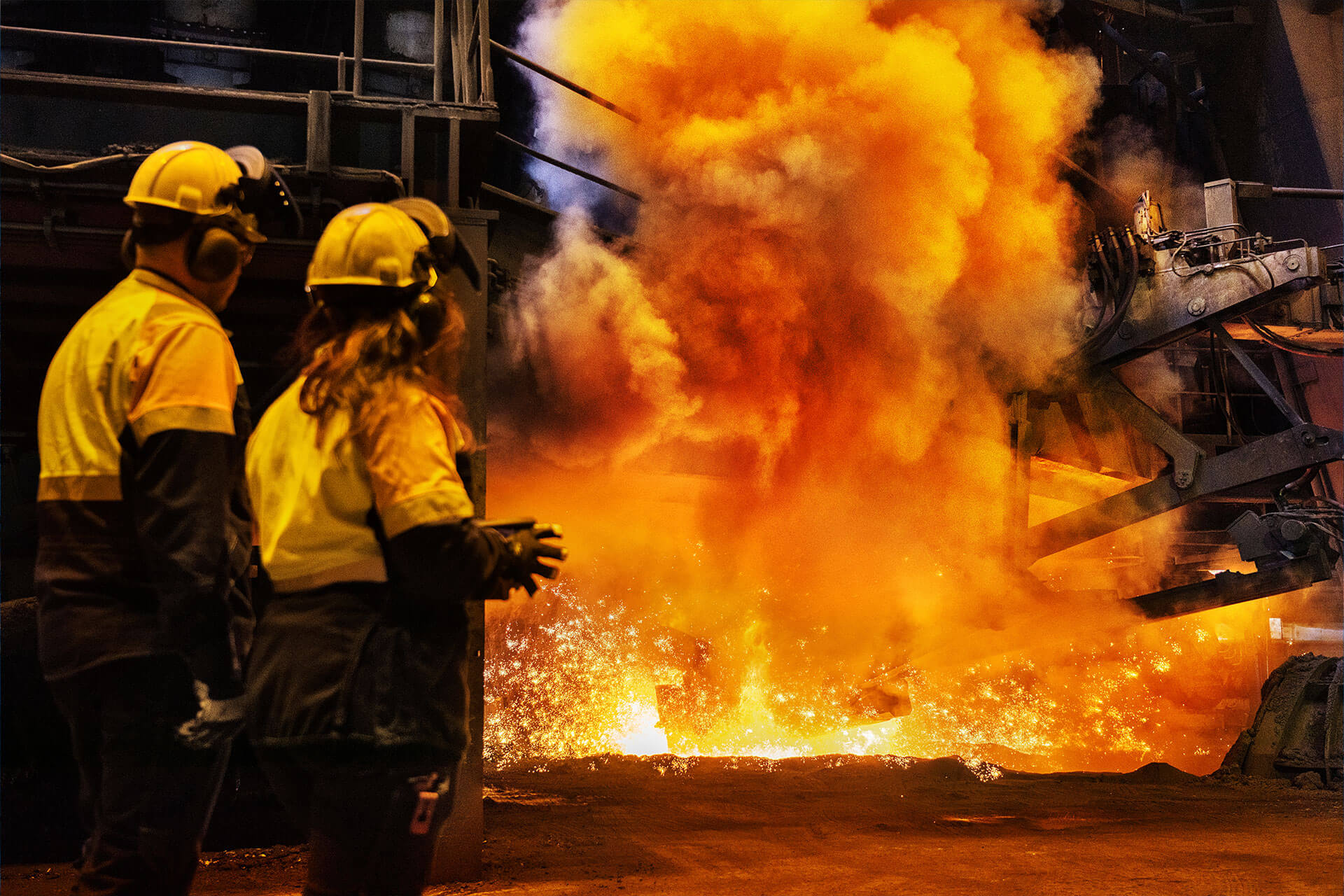
Workers using remote controls inject hot iron with carbon-enriched gas at SSAB’s blast furnace in Luleå.

The Netherlands
‘Heavenn’ on Earth, Lessons from Europe’s first Hydrogen Valley
Our tour heads to the Netherlands, homeland of the first European Hydrogen Valley, to visit the HEAVENN project, an ecosystem where one can fully grasp what the future of the hydrogen industry is about. The goal is the deployment of green hydrogen across the entire value chain.A boat carrying wind turbine blades cruises into Eemshaven.
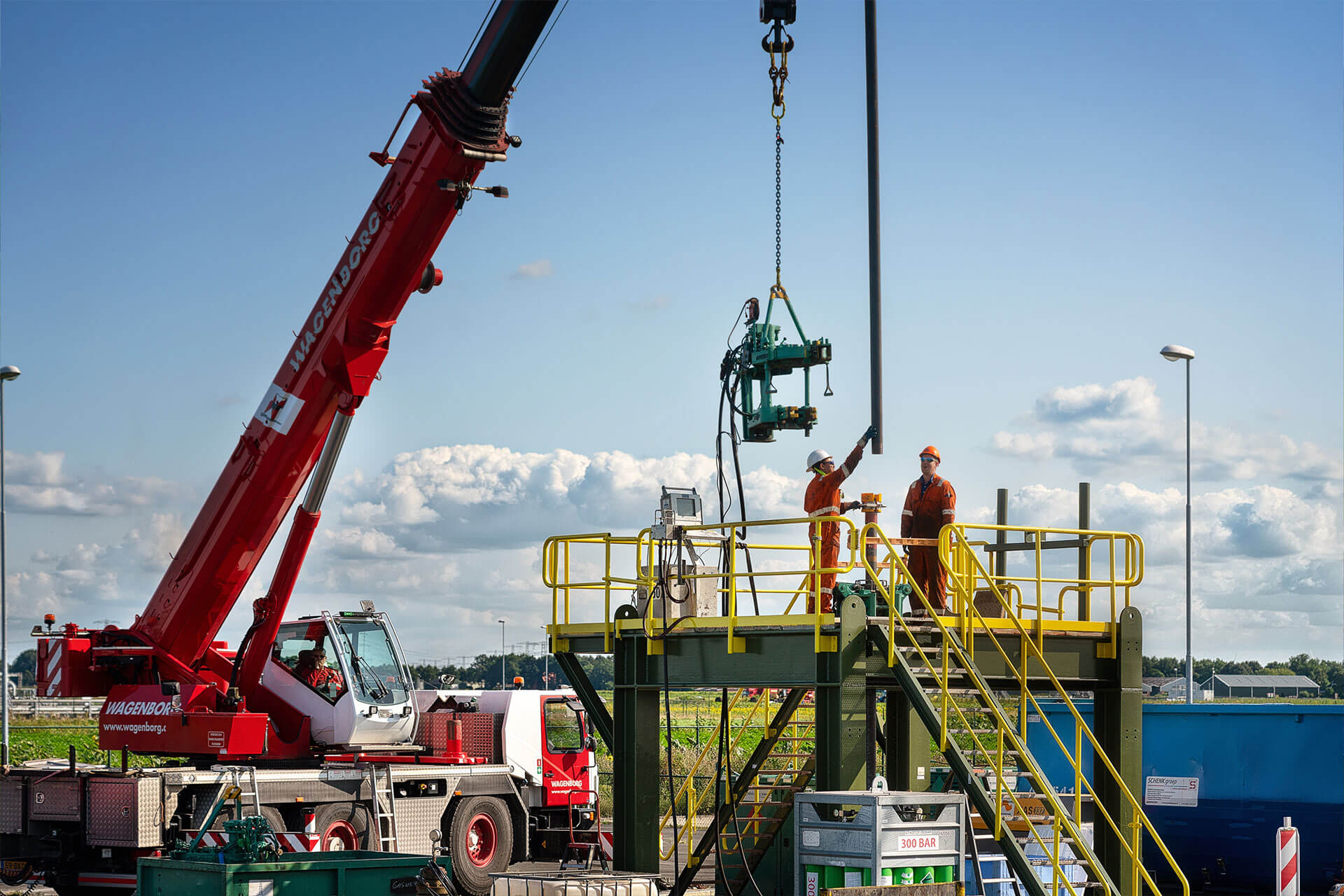
Workers test the feasibility of converting an underground “salt-dome” used for storing natural gas to hold hydrogen at Gasunie’s Zuidwending site.
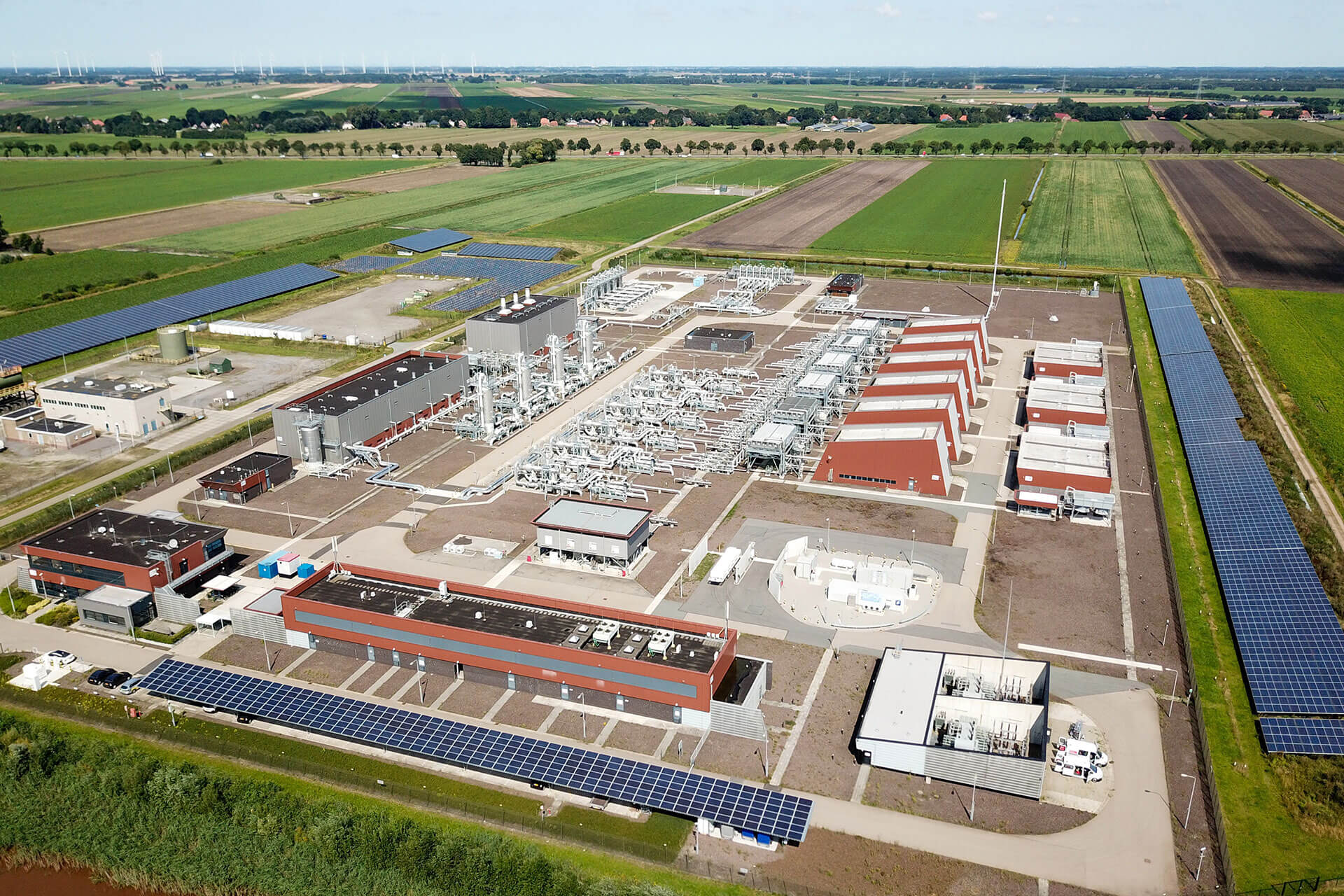
Gasunie’s Zuidwending natural gas site also houses a green hydrogen pilot.
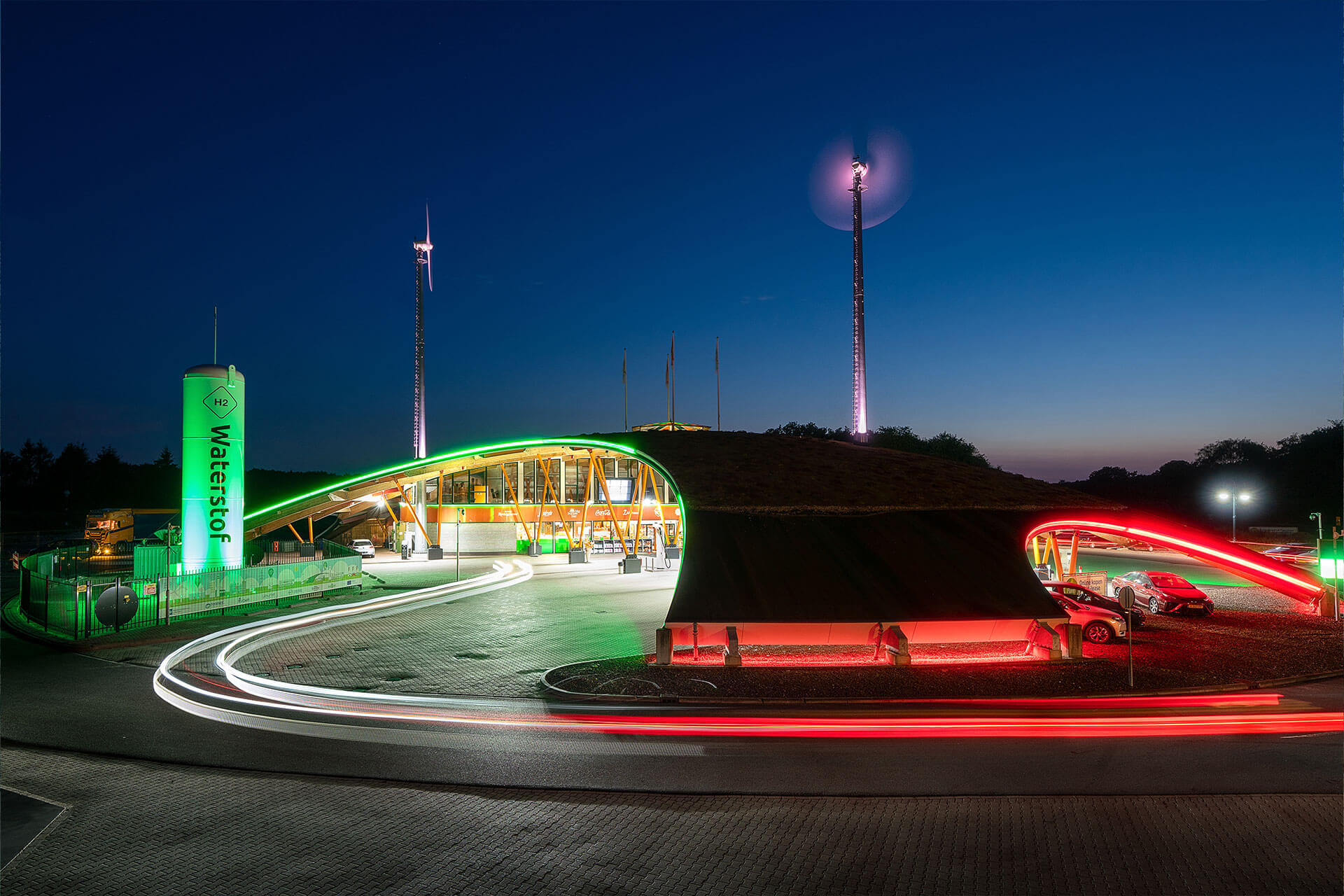
Green Planet in northern Netherlands is a multi-fuel station where fuels for all passenger and cargo transportation are available. It is one of the largest hydrogen refuelling stations in Europe, supported by regional, national, and European funds.

Workers clean a polluted beach in Croatia. Each year, currents in the sea brings plastic waste from other countries to Croatia’s Adriatic Coast.
Croatia
Extracting Every Joule
We leave Northern Europe to dive into the crystal-clear waters of the Adriatic Sea and visit Indeloop, where a Croatian team developed a machine that turns faeces and other wastes into hydrogen-rich gas.
Scientists Vjekoslav Majetić and Danica Maljković test a machine that turns waste into energy-rich syngas at their factory in Zagreb, Croatia.
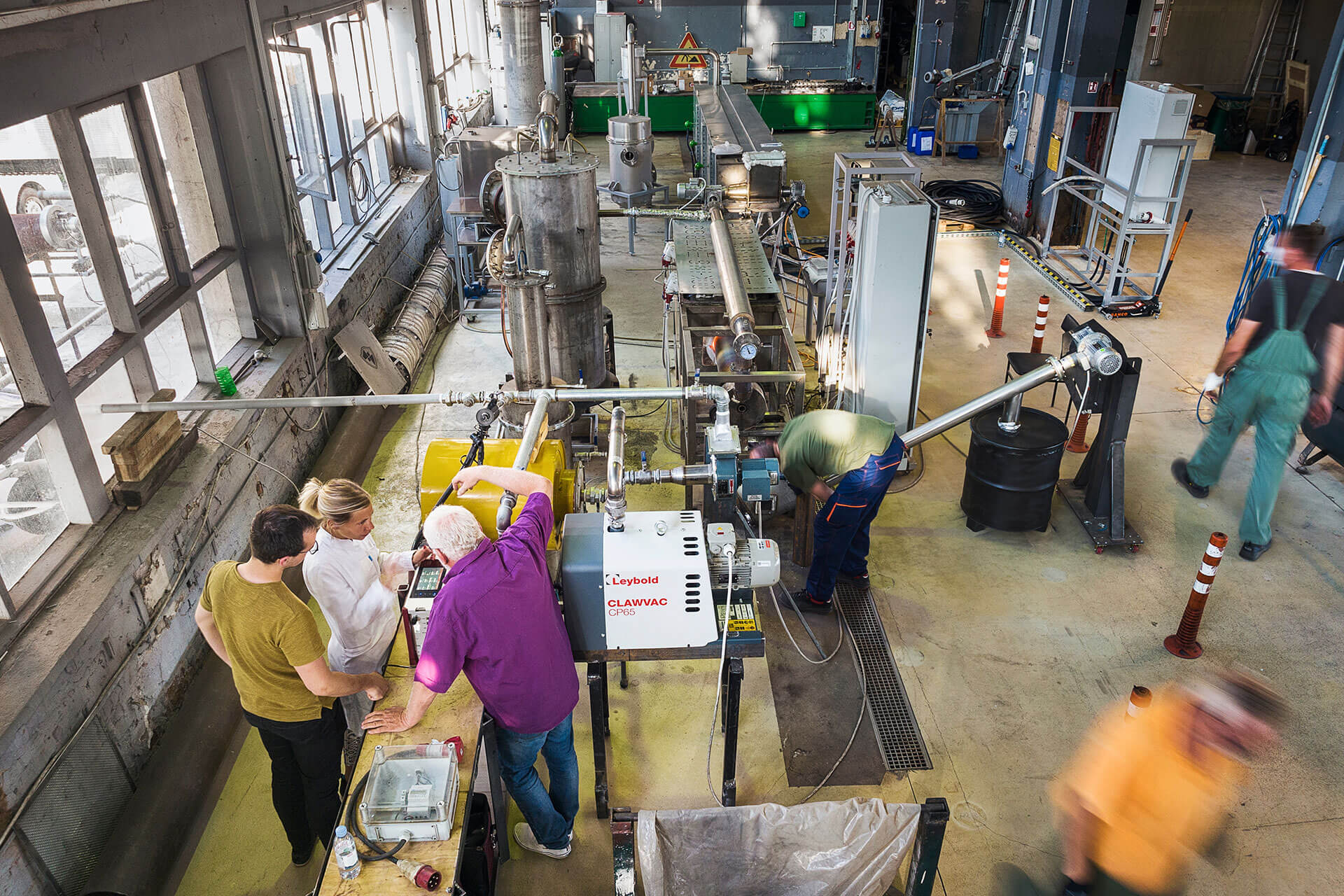
Inventor Vjekoslav Majetić (in purple) discusses with his team the machine that turns waste into energy-rich syngas at their factory in Zagreb, Croatia.
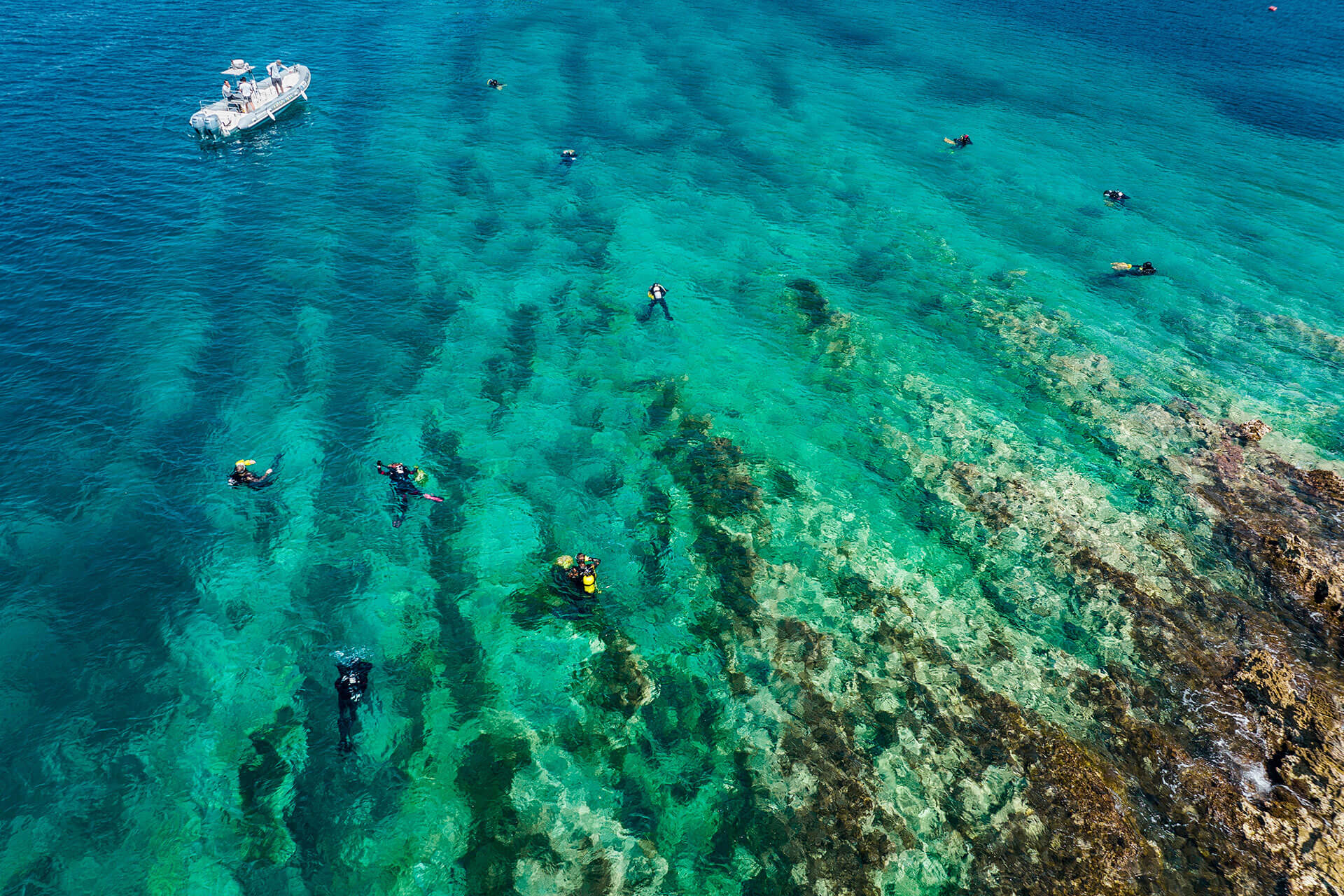
Divers clean a polluted beach on the island of Miljet in Croatia. The waste gathered could be turned into hydrogenrich gas.

Spain & Mauritania
Building a Solar System
Our journey ends with HyDeal España, an innovative industrial and financial project that will provide competitive renewable hydrogen to an industrial area in Asturias. To make this ambition a reality, Europe cannot do this alone. Africa needs to become a European energy partner. The two continents need to work hand in hand to connect suppliers in North Africa with off-takers in Europe.ArcelorMittal plant in Gijón. Green hydrogen falls in the company’s strategy in its roadmap towards the decarbonisation of steel production.

Fertilizer lab at Fertiberia in Avilés. The company is investing in a green ammonia plant able to cover the energy demand of the Avilés fertilizer site.



